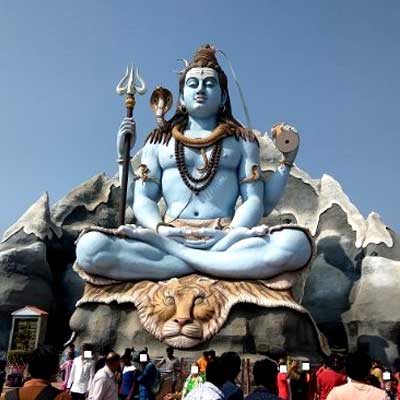Surat: Gateway to Gujarat's Diamond and Textile Industries

Located in the southwestern terrain of Gujarat, India, Surat is renowned for its diamonds and textiles. Originally known as Suryapur, which translates to the City of Sun God, Surat's history harks back to 990 AD. It was later, in the 12th century, that the Parsis began to inhabit this sacred region.
Subsequently, under the Western Chalukya Empire, Surat emerged as a vital administrative hub until Qutubuddin Aibak seized control. An official named Gopi was pivotal in persuading traders to establish a settlement here, thus transforming Surat into a major trading center within the affluent western state of India.
To protect the city from invasions, the Sultanate of Gujarat erected a fortification wall, remnants of which narrate Surat’s illustrious past. During the Mughal Era, emperors like Jehangir, Akbar, and Shah Jahan fostered the city’s growth into new commercial ventures. Meanwhile, Surat evolved into a crucial port, serving as a gateway for Muslims embarking on the Hajj pilgrimage to Mecca.
During the British Era, ships of the East India Company frequented this bustling port. Even then, Surat remained a significant trade hub and a principal channel for maritime transport to and from India. This port's prominence continued until Bombay emerged as a major player.
Tourist attractions in Surat include Marjan Shami Roza, Parsi Agirayi, Chintamani Jain Temple, Gopi Talav, Vir Narmad Saraswati Mandir, Rander and Jama Masjid, Nav Sai’d Masjid, Udvada, Bilimora, Navsari, and Surat Castle. Additionally, Dandi, Suvali, Dumas, Nargol, and Tithal are some of the city’s renowned beaches.
Surat, a leading hub for diamond trading, is also vital to the textile industry. It is estimated that over 92% of the world’s diamonds are processed here. Furthermore, the city's embroidery work, unmatched across India, has earned it the title of the Embroidery Capital of India.
In 1901, many Gujarati diamond cutters from East African countries like Congo, Sudan, Eritrea, and Ethiopia revitalized their ancestral heritage. By 1970, Gujarati diamonds had made a significant impact in the United States.
Climatic Condition:
The climate of Surat is typical of Western India, making October to March the ideal months for visiting. Summer in Surat can be extremely hot and humid, with temperatures soaring up to 45 degrees Celsius. Conversely, winter offers excellent conditions for exploring and enjoying local festivals like Navaratri, featuring traditional Garba and Dandiya dances. The best period to visit Surat is between October and November.
Travel Mode:
Rail: Surat is a key station along the Jaipur-Mumbai, Delhi-Mumbai, and Mumbai-Ahmedabad routes. A double-decker train also connects Surat between Ahmedabad and Mumbai.
Air: Surat’s domestic airport, less than 15 km from downtown, operates regular flights to Mumbai, Ahmedabad, and Delhi.
Road: National Highway 8 links Surat with major western Indian cities.
FAQs:
What is Surat known for historically?
Originally named Suryapur, Surat emerged as a major trading center under the Western Chalukya Empire and later flourished under Mughal rule, known for its strategic port and commercial activities.
What are the top tourist attractions in Surat?
Key attractions include Marjan Shami Roza, Chintamani Jain Temple, Gopi Talav, Jama Masjid, and the historic Surat Castle, reflecting its diverse cultural heritage.
Why is Surat famous in the diamond industry?
Surat processes over 92% of the world's diamonds and is renowned globally as a hub for diamond cutting and trading, contributing significantly to India's economy.
What is special about Surat's textile industry?
Surat is known as the Embroidery Capital of India, famous for its intricate embroidery work that has gained international acclaim, showcasing Gujarat's craftsmanship.
When is the best time to visit Surat?
The ideal time to visit Surat is from October to March, avoiding the extreme summer heat and enjoying pleasant weather for exploring the city's attractions and participating in local festivals like Navaratri.